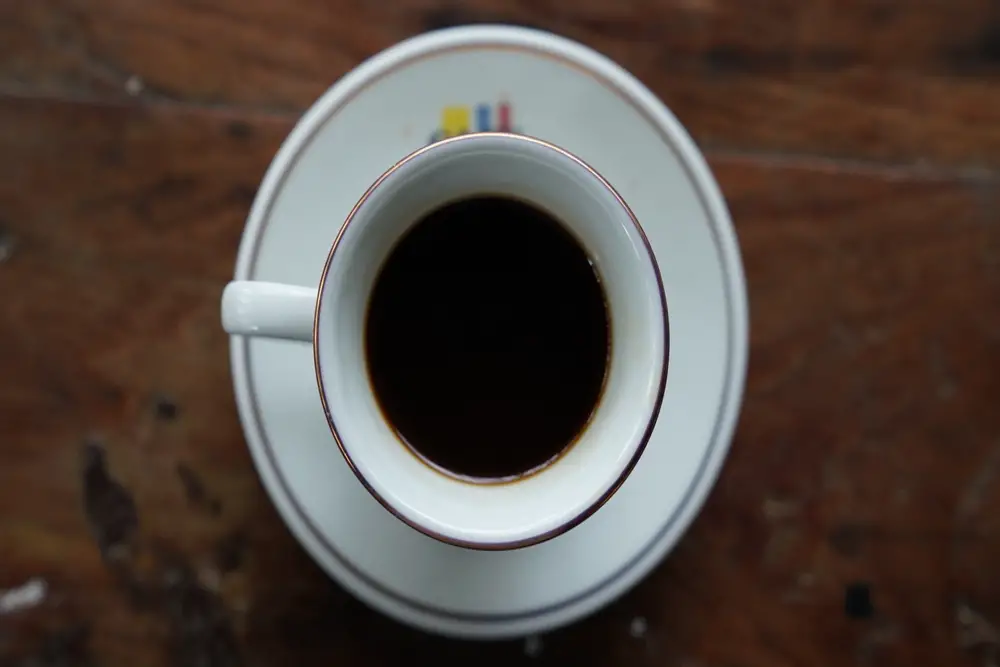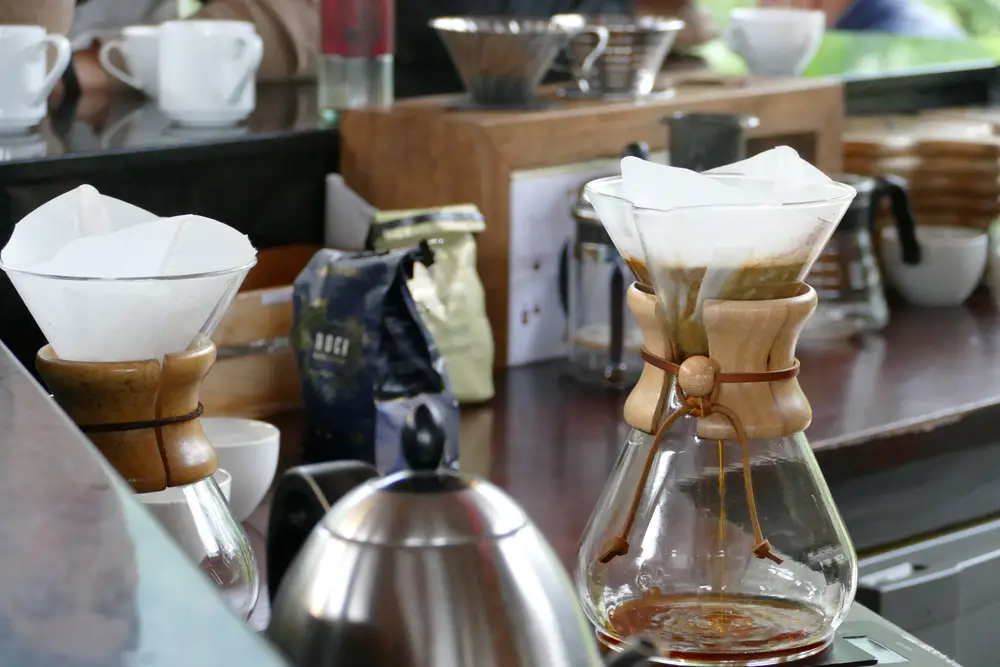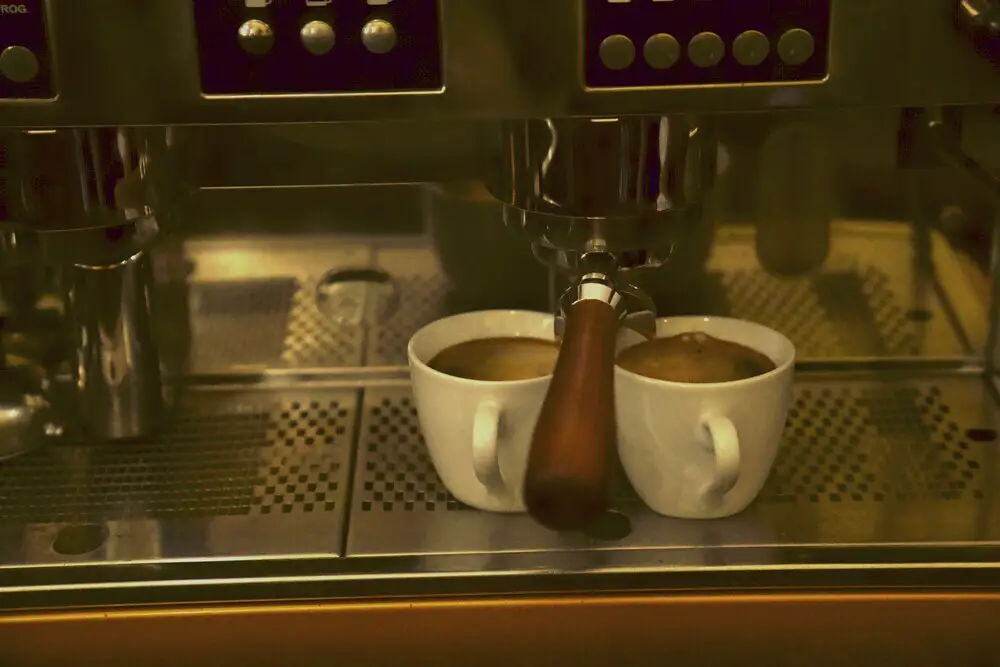Have you ever heard of Café de Olla?
Table of Contents
What is Cafe de Olla?
The Café de Olla is a coffee drink that is very representative of Mexican culture.
The drink is prepared in a clay pot as it gives the coffee a very special taste.
In addition, a specific combination of spices is used, such as e.g.:
- Cinnamon
- Panela (overcooked sugar cane juice)
- Cloves
- Cardamom
- Orange and/or lemon peels
- Anise
Generally, café de olla is served in the colder regions of Mexico as well as in the country’s rural areas. Therefore, the drink is served very hot.
Origin of Cafe de Olla
The origin of Café de Olla is not entirely clear. There are stories that say the drink has its origins in the Mexican Revolution in the early 20th century.
It is said that the soldiers invented this drink to keep warm at night.
However, other sources claim that the origin of the Café de Olla is to be found in the coffee houses (“cafés”) that began to appear in the second half of the 19th century.
It is believed that people would gather in these places to converse freely on any subject while waiting for the women to prepare the coffee in clay pots.
As in other parts of the world, drinking coffee was associated with free thinking and was therefore very popular among the population.
What do you need to cook a café de olla?
First of all, it would be ideal if you own a real clay jug. This way you will get the most authentic aroma as these pots impart a unique aroma to the coffee due to their porosity.
Ingredients for Cafe de Olla
- 8 cups of water
- 9 teaspoons ground coffee (preferably freshly ground)
- 4 ounces (113 mg) panela, or piloncillo, a dark Mexican cane sugar used to sweeten coffee. It tastes similar to molasses.
- 2 Ceylon cinnamon sticks, i.e. the larger, flaky cinnamon sticks.
- 2 whole cloves
- 2-star anise. This ingredient adds a touch of sweetness to the coffee that complements the cinnamon and cloves.
Are you missing some ingredients?
Unless you’re Mexican, you probably don’t have all the ingredients handy.
- If you don’t have piloncillo, you can easily substitute ½ cup brown sugar or even grated panela.
- If you don’t have Ceylon cinnamon, you can use regular cinnamon sticks.
- If you can’t find star anise, you can omit it altogether because while it adds incredible flavor to the coffee, it’s not an essential part of the brew.
Additional recommendations
- It is recommended to freshly grind the coffee whenever possible.
- Piloncillo or Panela is dark Mexican cane sugar and is used to sweeten coffee. Its taste is similar to that of molasses.
- Ceylon cinnamon, also known as Mexican cinnamon.
- Anise is used to add a touch of sweetness to the coffee that goes really well with cinnamon and cloves.
So, you could say that this is the original recipe, but you can also find recipes with other additional ingredients, such as: e.g.:
- Orange peels
- Alcohol like coffee liqueur
- Milk
So, you can try to combine these ingredients according to your taste.
Café de Olla and Mexican culture
According to Statista, Mexico was the 11th largest coffee producer in the world in 2021, despite the country’s population not consuming much coffee.
In fact, Mexicans have always preferred other drinks, such as B. Atole, a drink that was drunk in the country even before the arrival of the Spaniards and is made with cornmeal, water and/or milk.
Similarly, Mexicans (as in other Latin American countries) have favored soft drinks over coffee, and it is only in the last two decades that interest in single origin coffees and the specialty coffee market has developed.
Is the Café de Olla on the decline?
Interest in specialty coffee has also sparked interest in big-brand coffees like Starbucks.
For this reason, many young people associate big-brand coffee with sophistication and high socio-economic status, which at the same time leads to a certain rejection of tradition.
The latter is comparable to what is happening in China.
The consumption of local preparations such as café de olla seems to be declining, at least among younger people.
Something strange is happening with the Café de Olla, though: although it’s not as popular in its own country, it’s even more so in many parts of the world.
That’s because foreigners like the flavor combinations of this concoction.
In Mexico, for example, there are some owners of specialty cafés who are counting on including the Café de Olla in their range.
They believe this will allow them to reach younger audiences again while helping to keep the tradition alive.



